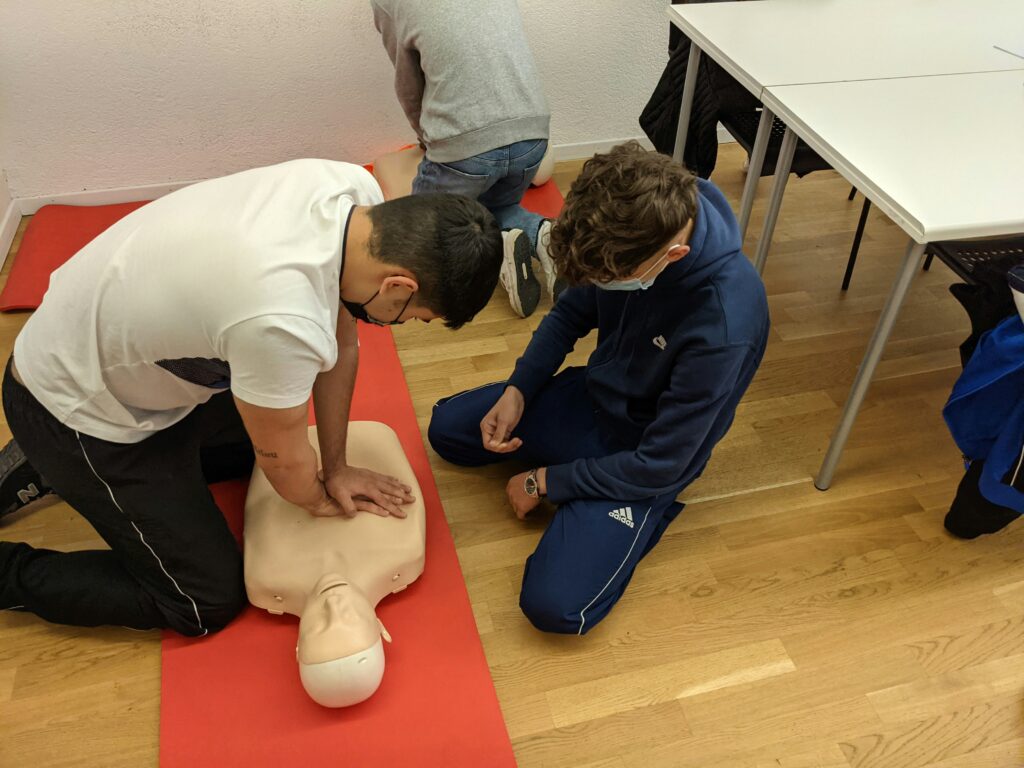The Importance of BLS CPR Certification in Emergency Response
In times of medical emergencies, the ability to react swiftly and effectively is crucial. Basic Life Support (BLS) for healthcare providers trains individuals to recognize several life-threatening emergencies, provide cardiopulmonary resuscitation (CPR), use an AED, and relieve choking in a safe, timely, and effective manner. BLS CPR certification equips people with the knowledge and skills to save lives and enhances the chain of survival. Understanding the importance of this training and its application can make all the difference in emergencies. Below, we delve into the significance of obtaining BLS CPR certification and the impact it can have in critical moments.
Understanding BLS CPR Certification and Its Role in Emergency Response
BLS CPR certification is an essential requirement for health professionals, including nurses, paramedics, and physicians. This certification ensures that individuals are trained to handle cardiovascular emergencies for all age groups. The curriculum includes a systematic approach to Basic Life Support, combining chest compressions with artificial ventilation to preserve brain function until further measures are taken to restore spontaneous blood circulation and breathing in a person who is in cardiac arrest.
BLS CPR certification is not solely for healthcare professionals. The skills gained can benefit anyone, including parents, teachers, and community members, who might find themselves in an emergency scenario. For example, BLS CPR Certification Classes in Austin, TX by CPR Classes Near Me provide an opportunity for residents to become competent in lifesaving techniques that could prove invaluable in a critical moment.
Proper training also involves the use of an automated external defibrillator (AED), which can significantly increase the likelihood of survival if used correctly and promptly. The certification process educates individuals on how to integrate the use of this device with traditional CPR practices, furthering the effectiveness of emergency responses.
How BLS CPR Certification Elevates Team Readiness in Emergency Situations
BLS CPR training is pivotal for building cohesive emergency response teams. The consistent methodology taught across courses ensures that each team member can work collaboratively and efficiently. Clear communication and role assignment are key components of BLS training, with scenarios rehearsed to develop a seamless integration of efforts among first responders.
In professional healthcare settings, BLS protocols standardize the response to cardiac emergencies. This shared understanding of procedures and expectations minimizes confusion and enables a multitiered response system to operate smoothly. When every second counts, having a team that functions well together can significantly improve patient outcomes.
For organizations that are not health-focused, such as schools or offices, having staff members who are BLS certified promotes a culture of safety and responsibility. It encourages teamwork when addressing emergencies and assures employees that their well-being is a priority. This can also lead to increased employee engagement and confidence, knowing they are supported by capable colleagues.
Legal and Professional Implications of Having BLS CPR Certification
Holding a BLS CPR certification can have significant legal and professional implications for healthcare providers. Legally, it may be a requirement for licensure or employment to demonstrate that the individual has the necessary skills to perform their duties. In some cases, it can also protect individuals under Good Samaritan laws when providing emergency care in a non-professional capacity.
From a professional standpoint, BLS certification is seen as a standard for qualified healthcare personnel. It reflects an individual’s commitment to their role and their preparedness to handle life-threatening situations. In competitive job markets, being BLS certified can give applicants a considerable advantage, illustrating their initiative to maintain high professional standards.
Strategies for Implementing BLS CPR Techniques in Real-life Scenarios
Implementing BLS CPR techniques in real-life scenarios requires more than just knowledge; it demands the presence of mind and the ability to stay calm under pressure. Regular practice and drills can help individuals and teams to respond instinctively and efficiently when an emergency arises. It is also crucial to familiarize oneself with the location of AEDs and first aid equipment in public spaces or workplaces.
Simulation-based training is a powerful strategy to prepare for real-life emergencies. It allows learners to apply their knowledge in life-like scenarios, refining their technical skills and decision-making abilities. Simulations also help to identify areas for improvement, ensuring that when faced with a real emergency, responders can act with competence and precision.
Overall, BLS CPR certification goes beyond mere training; it represents a commitment to saving lives and strengthening community health. Whether you’re a healthcare professional or a layperson, acquiring these skills can make a profound difference in emergencies. As we have explored, the value of prompt and effective CPR is immeasurable, and the readiness to act can truly mean the difference between life and death.

